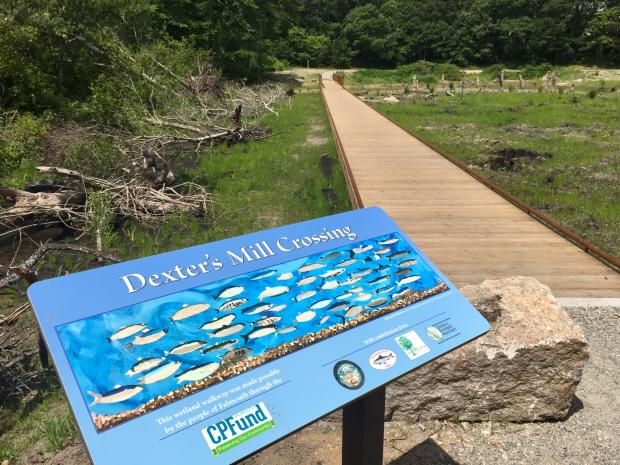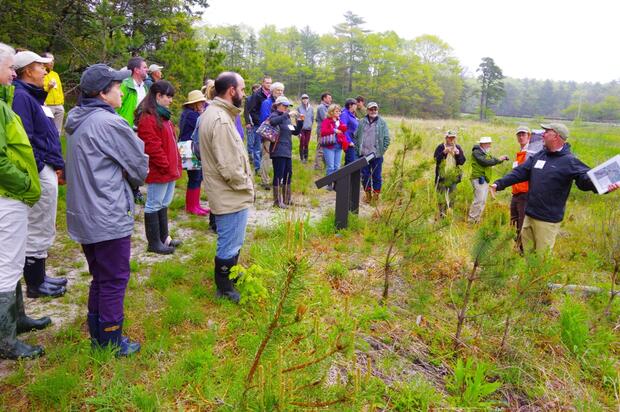Protected and restored wetlands offer numerous benefits including improved water quality, fish and wildlife habitat, floodwater storage, and recreational opportunities. DER’s goal, working with partners, is to help landowners who want to pursue a conservation and restoration path. The process includes several important steps, described below.
Land Protection and Conservation
Before wetland restoration can occur, the land needs to be protected from development and other threats. The USDA Natural Resources Conservation Service (NRCS) is a key partner in this work. Through the Wetland Reserve Easement (WRE) Program, NRCS can offer direct payments to landowners for permanent conservation easements. Organizations such as Ducks Unlimited, municipalities, and local land trusts may also purchase and hold conservation easements. DER can help connect landowners to these resources.
Wetland and Stream Restoration
Ecological restoration is a multi-year process involving assessment, engineering design, permitting, fundraising, and on-the-ground implementation. DER can explain these steps and help develop a vision for what is possible. Through our Priority Projects process, the highest priority sites are eligible to receive technical and financial assistance.
Additional Resources
Future Ownership and Management
Several completed projects have involved the sale of the retired farmland to a conservation organization or municipality. This final step may provide additional financial resources to the landowner, and places future land management tasks such as invasive species control, trail maintenance, and trash removal on others. Developing a long-term vision for a property is part of initial conversations between a landowner, DER, and partners. All decisions rest with the landowner; our role is to help explain options.
Who can qualify?
DER and partners have limited resources and cannot help every landowner. Projects selected for direct technical assistance and financial support from DER usually include a plan for future public access, high potential for successful wetland restoration, other partners, and connection to other protected land. The highest priority sites for DER include flow-through bogs, fields underlain by deep peat, and low-lying property subject to inland or coastal flooding. DER is available and eager to meet with any landowners at any stage of this process. Contact DER at (617) 626-1540.

